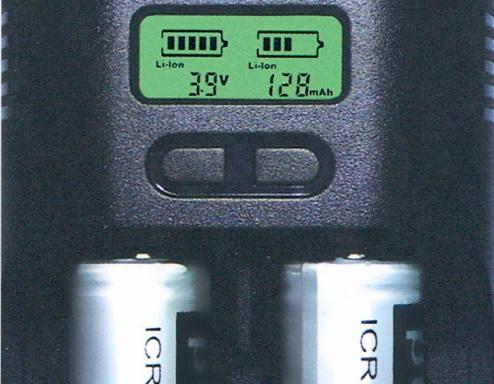Categories: Featured Articles » Sharing experience
Number of views: 13589
Comments on the article: 2
How to calculate battery charger settings
In order to calculate the parameters of the charger for a particular battery, you must first take into account the type and parameters of the battery that you are going to charge with this device. The most important characteristics of a rechargeable battery are: capacity, full charge voltage, maximum allowable charge current, as well as a range of permissible operating temperatures.
Depending on what kind of battery it is, what type of materials it uses - the parameters of the charger should be selected individually. Here we look at lead-acid and lithium-ion batteries, or rather the features of their charging.
The truth is that if the battery is always charged correctly, in compliance with the optimal values of voltage and current, then it will retain its capacity for many charge-discharge cycles. Of course, provided that it is also discharged, subject to restrictions, without overloads, without overheating. So, how to calculate the parameters of the charger for the battery?

Lithium ion battery
The main charged particle responsible for the formation of current in lithium-ion battery, is a positively charged lithium ion. It is able to penetrate into the crystal lattice of the material at the anode, for example, in carbon in the form of graphite, and also form salts or metal oxides (for example, with manganese, cobalt or with iron and phosphorus).
Due to just such a chemical composition, the maximum final charge voltage between the electrodes of a lithium-ion battery should not exceed 4.2 volts, or better, 4.1 volts, this will extend its service life and slow down irreversible changes.
It is necessary to charge a lithium-ion battery with a voltage of 5 volts, so as not to wait indefinitely. In this case, the optimal charge current should be from 50 to 100% of the capacity value, that is, a 2400mAh battery will optimally charge with a current of 2.4A to 1.2A.
To prevent overcharging, high-quality chargers charge such batteries in 2 stages: at the first stage, 5 volts are supplied to the electrodes and the charge goes with the maximum allowed current for a while until the threshold voltage is reached in the region of 4.1 volts, and then the second stage begins - with a lower current when the voltage is brought to the final 4.1-4.2 volts.
Therefore, the power of the charger for a lithium-ion battery (for 1 cell) is calculated as follows: multiply the maximum voltage by the maximum current, say 5V * 2.4A = 1.2W - for our example.
Lead acid battery
A lead-acid battery works due to chemical reactions of lead and lead dioxide in an aqueous solution of sulfuric acid. Any classic car battery is designed that way. During the charge process, lead sulfate decomposes into ions (negatively charged SO4 and positively charged H), lead dioxide is formed at the cathode, and pure lead is formed at the anode. In a discharge, metallic lead is oxidized to lead sulfate, lead dioxide is reduced at the cathode, and lead is oxidized at the anode.
If the battery is recharged (kept on charging excessively long), then lead sulfate will end, only water will remain, and its electrolysis will begin: oxygen will be released on the anode, and hydrogen will be generated on the cathode (negative electrode) - it will be seen in the liquid electrolyte bubbles.
Due to just such a chemical composition, the voltage of the maximum charge of one cell of a lead-acid battery is 2.17 volts. In a 12-volt battery, there are 6 such series-connected sections, and in a 6-volt battery there are 3 series-connected sections.Therefore, the maximum charge voltage of a 12 volt battery is 13.02 volts. For 6 volts - 6.51 volts.
Thus, the charger in the process of charging must supply a constant voltage to the electrodes based on at least 2.45 volts per cell (so that charging does not go on indefinitely) - for 12 volts this is 14.7 volts, and for 6 volts it turns out 7, 35 volts. The initial charge current is optimally taken as 30% of capacity.
As a result, the maximum working power of the charger should be calculated as the maximum voltage multiplied by the maximum current, say 14.7V * 30A = 441W - for a lead-acid battery with a nominal voltage of 12 volts, 100Ah capacity.
See also at i.electricianexp.com
:
